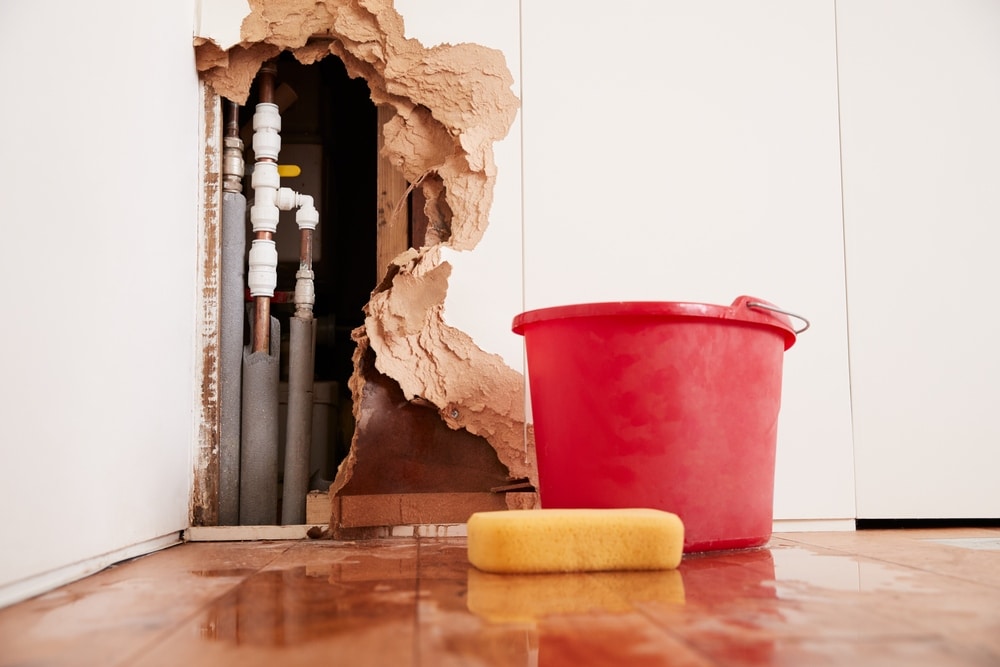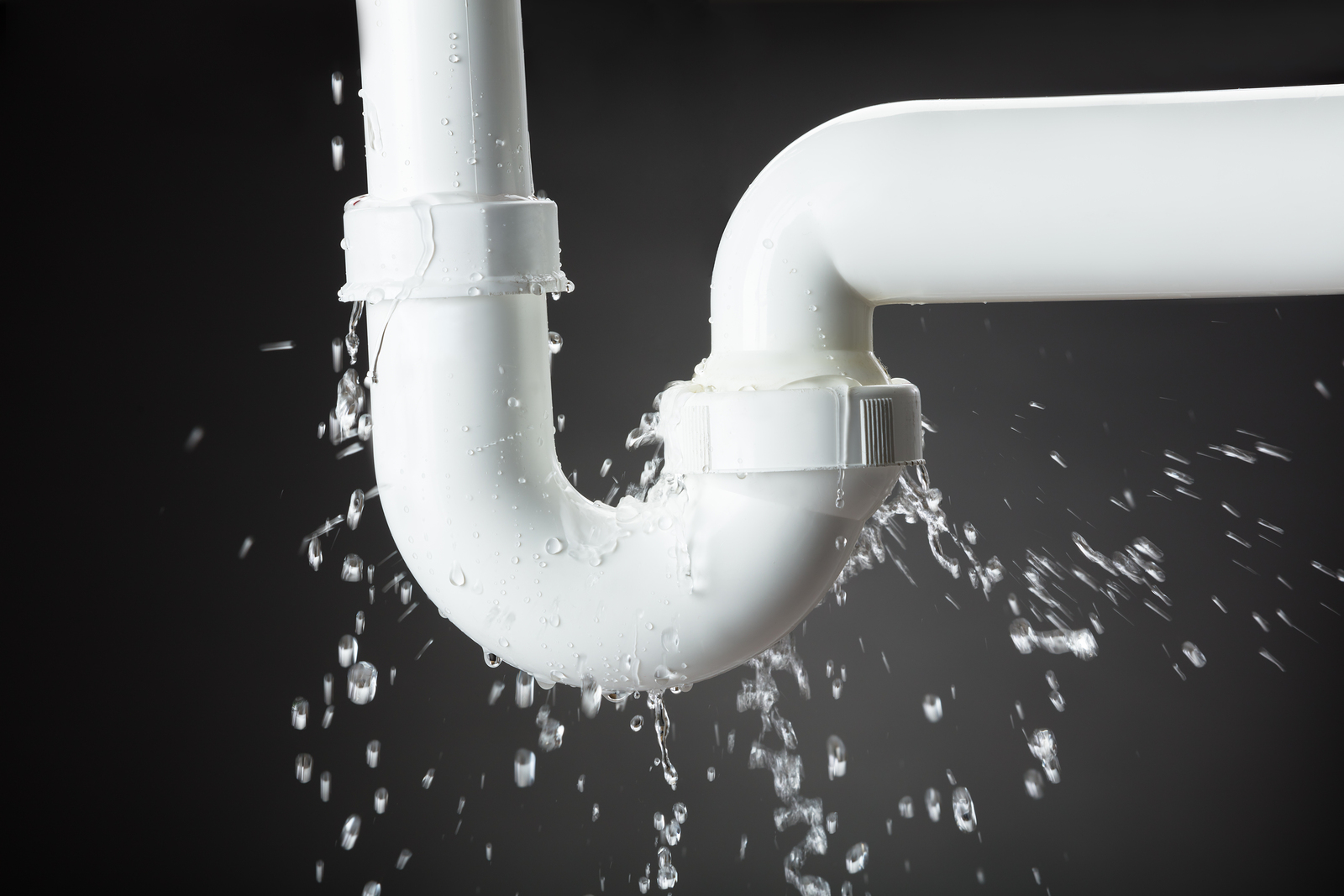Burst Pipe Insurance Claims: What You Need to Know for Water Damage Coverage
Burst Pipe Insurance Claims: What You Need to Know for Water Damage Coverage
Blog Article
Preventing Burst Piping: Vital Tips to Protect Your Plumbing
Avoiding burst pipes is an important worry for property owners, particularly during chillier months when the threat of cold is enhanced. Applying critical procedures such as correct insulation, regular assessments, and maintaining regular indoor temperatures can dramatically decrease the likelihood of pipeline failing.
Understand Pipe Vulnerabilities
Understanding pipeline vulnerabilities is vital for effective pipes maintenance and avoiding costly damage. A number of elements add to the sensitivity of pipes to bursts, including product structure, age, and environmental problems. Older pipelines, particularly those made from galvanized steel or polybutylene, typically weaken over time, causing boosted risk of tears and leakages.
Temperature level fluctuations can additionally considerably effect pipeline honesty. In chillier climates, water caught in pipelines can ice up, increasing and exerting stress on the pipeline wall surfaces, which might inevitably lead to a burst. Furthermore, high water pressure can strain pipes, especially at bends and joints, increasing the probability of failure.

Insulate Water Lines Effectively
Correct insulation of pipelines is important for stopping freezing and succeeding bursts during winter (burst pipe). Protecting your plumbing system properly safeguards against temperature level drops that can lead to pricey damage. Begin by determining at risk locations where pipes are exposed to outdoor temperature levels, such as basements, attics, and exterior walls
Usage foam pipeline insulation sleeves or wrap insulation tape around these areas to provide a protective obstacle. Ensure that all sections of the pipelines, specifically those with minimal heat direct exposure, obtain appropriate insulation. Pay unique interest to fittings and joints, as these are extra susceptible to cold.
When protecting, it's vital to choose products that fulfill regional building regulations and are suitable for the specific atmosphere. As an example, fiberglass insulation is often advised for its thermal resistance residential or commercial properties - burst pipe. Additionally, take into consideration utilizing warmth wires or tape in extreme problems, which can be connected in to give extra heat
Consistently evaluate protected pipelines for any indicators of wear or damage, as compromised insulation can reduce its effectiveness. By taking these aggressive procedures, you dramatically minimize the threat of pipeline ruptureds, making sure a trustworthy plumbing system throughout the winter season.
Maintain Consistent Temperature
A secure indoor temperature is essential for protecting against burst pipelines throughout the frigid months. When temperature levels drop, water within pipelines can ice up, expanding and developing stress that might eventually create the pipelines to ruptured.Using a programmable thermostat can aid handle indoor temperature levels properly, making sure that rooms with moved here pipes continue to be cozy even when the home is empty.
This minor circulation of water can protect against freezing by reducing pressure within the pipelines. By implementing these approaches, house owners can considerably decrease the threat of pipeline ruptureds and protect their plumbing systems versus the extreme wintertime elements.
Regularly Evaluate Plumbing
Normal inspections of pipes systems are essential for protecting against ruptured pipes and maintaining total home stability. Routine checks enable homeowners to recognize potential issues before they rise into expensive repair services or major water damages. Throughout these assessments, it is vital to analyze noticeable pipes for signs of corrosion, leakages, or use. Pay special focus to areas vulnerable to freezing, such as basements, attic rooms, and exterior wall surfaces.
In addition, evaluating joints and connections is vital, as these points are usually vulnerable to leakages. Homeowners need to also evaluate water stress levels, as extreme stress can stress the pipes system and raise the risk of pipeline ruptureds.
Think about scheduling professional pipes evaluations at least as soon as a year, especially prior to winter months, to guarantee your system is prepared for chillier temperatures. By being positive in your method, you can safeguard your home versus the turbulent and expensive effects of burst pipes.
Know Emergency Situation Treatments
Comprehending emergency situation procedures is vital for every single home owner, particularly after conducting normal plumbing inspections. Being planned for a plumbing emergency situation can significantly mitigate damages and conserve expenses. Find your major water shut-off valve; it is normally discovered near the water meter or where the main line enters your home. Familiarize on your own with its operation, as shutting down the water system quickly can stop substantial flooding.
Following, maintain necessary devices handy. A plumbing emergency package should include a wrench, plunger, and towels, as well as a flashlight and a pail for tiny leakages. In addition, take into consideration having you can try here the get in touch with info for a relied on plumber conveniently available, ought to the scenario rise beyond your control.
If you detect a leak or ruptured pipeline, promptly switch off the water system and notify your plumbing technician. Document the damages with pictures for insurance coverage purposes. Recognize the indications of potential pipes problems, such as uncommon water pressure fluctuations or damp places on wall surfaces
Eventually, positive knowledge and speedy activity are critical in handling pipes emergency situations, ensuring your home continues to be protected and decreasing possible damages.

Final Thought
To conclude, stopping burst pipes necessitates a diverse technique that includes understanding pipe vulnerabilities, appropriate insulation, preserving constant indoor temperature levels, regular assessments, and understanding of emergency procedures. By applying these important techniques, the risk of pipes failures can be considerably reduced, therefore making sure see this the durability and performance of the pipes system. Positive measures not just safeguard versus potential damages but additionally contribute to total water conservation and the protection of building.
In chillier environments, water caught in pipelines can ice up, broadening and exerting stress on the pipe wall surfaces, which may inevitably lead to a burst. When temperature levels decrease, water within pipelines can freeze, creating and increasing pressure that may eventually cause the pipelines to ruptured. By applying these approaches, property owners can considerably decrease the threat of pipeline bursts and protect their pipes systems against the extreme winter season components.

Report this page